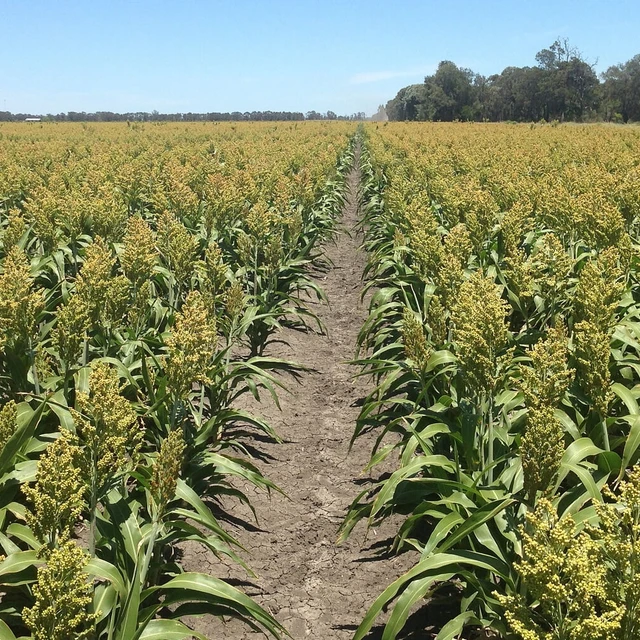Make cereal cooking more cost-effective
Did you know that malt enzymes (also called malt alpha-amylases) have limitations that keep cereal cooking from being as efficient as it could be? You can streamline your process with a little help from Novozymes brewing enzymes.

Streamline your process
Adjuncts containing starch with low (< 65°C) gelatinization temperatures, such as barley, wheat and oats, can be mashed together with the malt in the mash tun.
But other adjuncts, such as maize (corn), rice, cassava and sorghum, have significantly higher gelatinization temperatures. That means you have to process them in a separate cereal cooker. And the temperatures required are hot enough to deactivate malt enzymes. (Malt enzymes are not active above roughly 75°C.)
Therefore, many brewers introduce a break in the cooking process to allow for enzymatic activity to occur. But there’s a more efficient alternative.
Simpler, faster, more consistent liquefaction
Liquefaction with Novozymes brewing enzymes is simpler and faster than liquefaction with malt enzymes. Because Novozymes enzymes are thermostable, you don’t need the 15-minute rest at around 72°C during the cooking process. So, your process is shorter and simpler – as well as more consistent.
Skip cereal cooking altogether!
Enzymes also make it possible to avoid the cereal-cooking step by using only classical infusion mashing for high-gelatinizing adjuncts. This ensures a high maltose-based sugar profile and good attenuation. You can even mash different adjuncts in the same brew.